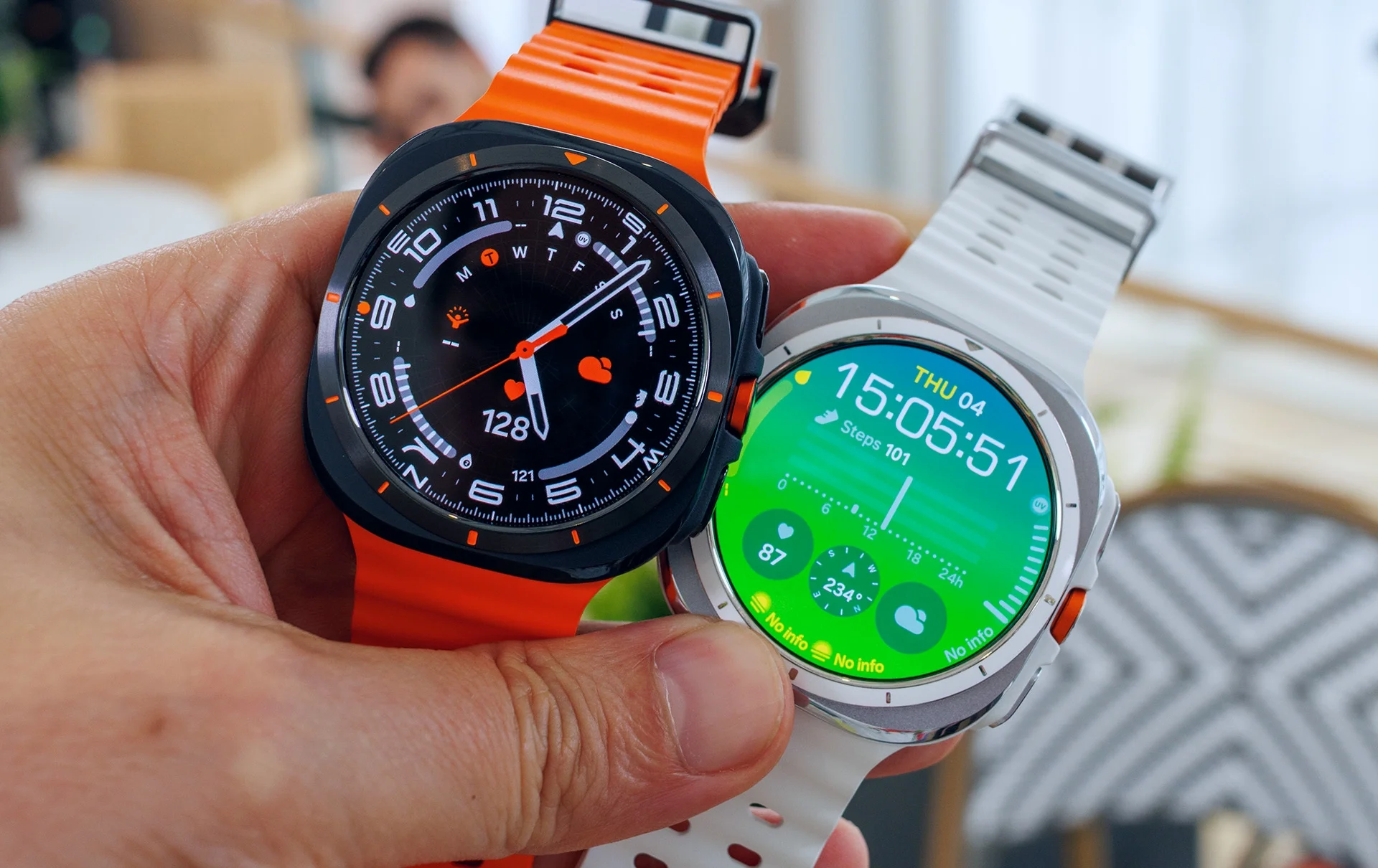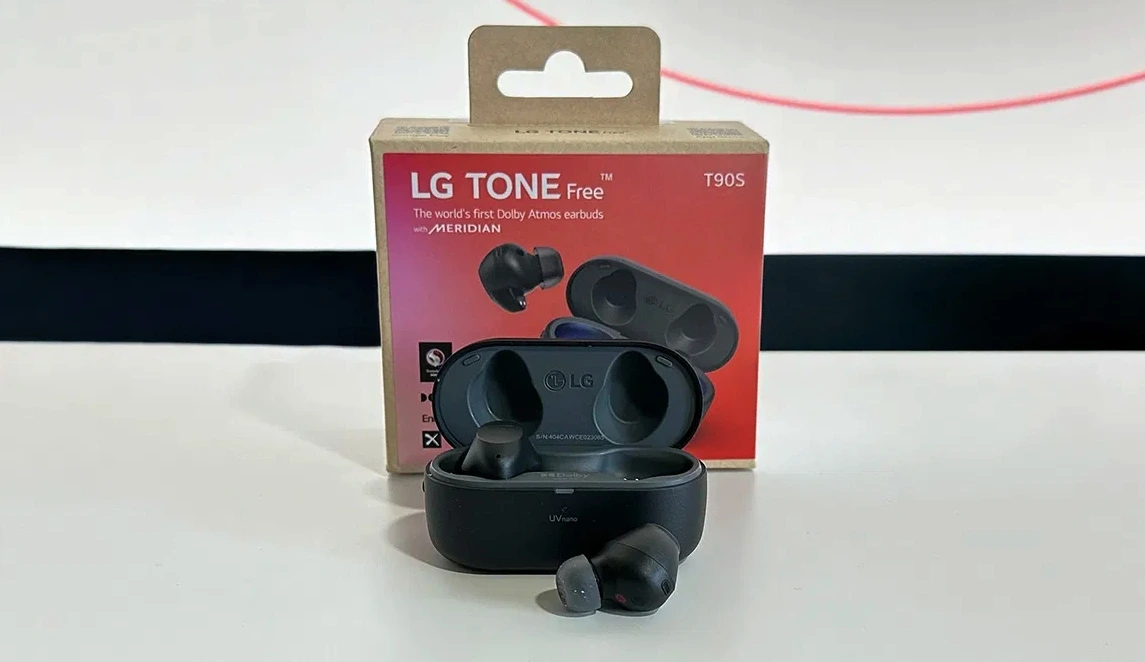Samsung’s first ultra watch is the Galaxy Watch Ultra, more durable, with a brighter screen and capable of tracking multisports such as triathlons. This is my opinion after two weeks of non-stop use.
Samsung has done it, it has launched an “Ultra” watch in clear direct competition with the Apple Watch Ultra and this is an important watch for the brand, so after several weeks of testing a Samsung Galaxy Watch Ultra, I see Samsung’s response in a different light.
I’m not particularly a fan of the Apple Watch Ultra because, although it is a good smartwatch, I don’t think there is a single “ultra” athlete who seriously sees the Apple watch as an alternative to a sports watch from brands like Garmin, Coros, Polar or Suunto.
That’s why my initial reaction to the Galaxy Watch Ultra was particularly cool. I didn’t want to get my hopes up about an “ultra” watch that is really nothing more than the standard versions with a little more battery life, a large and durable design to attract a specific type of user and a brighter screen.
Let’s get one thing out of the way from the start: yes, Samsung has been inspired by the Apple Watch Ultra in terms of design. Will it work for them to attract a predominantly male, sporty audience who prefer a large watch even though it doesn’t have the autonomy to do “ultra” sport?
A large design with a round screen, even though the watch is square

The Galaxy Watch Ultra is a large and heavy watch when compared to other Galaxy Watches, but when compared to an Apple Watch Ultra, they are on a par, give or take a gram.
The design is quite striking because Samsung has done something very unusual. The case, made of titanium and polycarbonate, is square with rounded corners, but square after all. The screen is round and it also has a bezel that you can’t move and that protrudes a couple of millimeters.
The concave bottom includes all the infrared sensors, as well as the base for wireless charging. Everything is designed in layers, like a sandwich, in different materials and colors. It’s disconcerting, but I like it.
The Galaxy Watch Ultra keypad also has an action button like the Apple watch. The top physical button takes you to the home screen, the bottom button is to go back and the central orange button opens, by default, the sports application to start an activity. While you are doing it, the action button allows you to pause it.
This action button also serves as an activator for a siren that is quite loud and should only be used in dangerous situations.
It’s funny that you can’t use the buttons to move around the interface, for example to move vertically, you will always have to use the touch screen.
The 1.5-inch round screen has a crown that is decorative and it is a design detail that drives me crazy. Instead of being a crown that you can move, like on the Galaxy Watch 6 Classic to move around the interface, it is fixed.
One disadvantage of the round screen is that it doesn’t take advantage of the entire front of the watch. What’s more, those spaces in the corners with nothing in them are very noticeable, when it could all be screen. Samsung has decided that it was better to keep the screen round and it doesn’t make any sense.
The model I analyzed, the Galaxy Watch Ultra, came with a strap, the Marine Band, made of silicone and with a traditional clasp. For large wrists like mine it looks great, but on smaller wrists it may cover a large part of the lower strap. The buckle is a nice touch, metallic and quite hard.
In general terms, Samsung has made some very strange design decisions with the shape of the box and the screen, and I think that for next year’s generation, if it arrives, they will go for an all-screen front that can be used to display more information.
The brightest screen on a Galaxy Watch
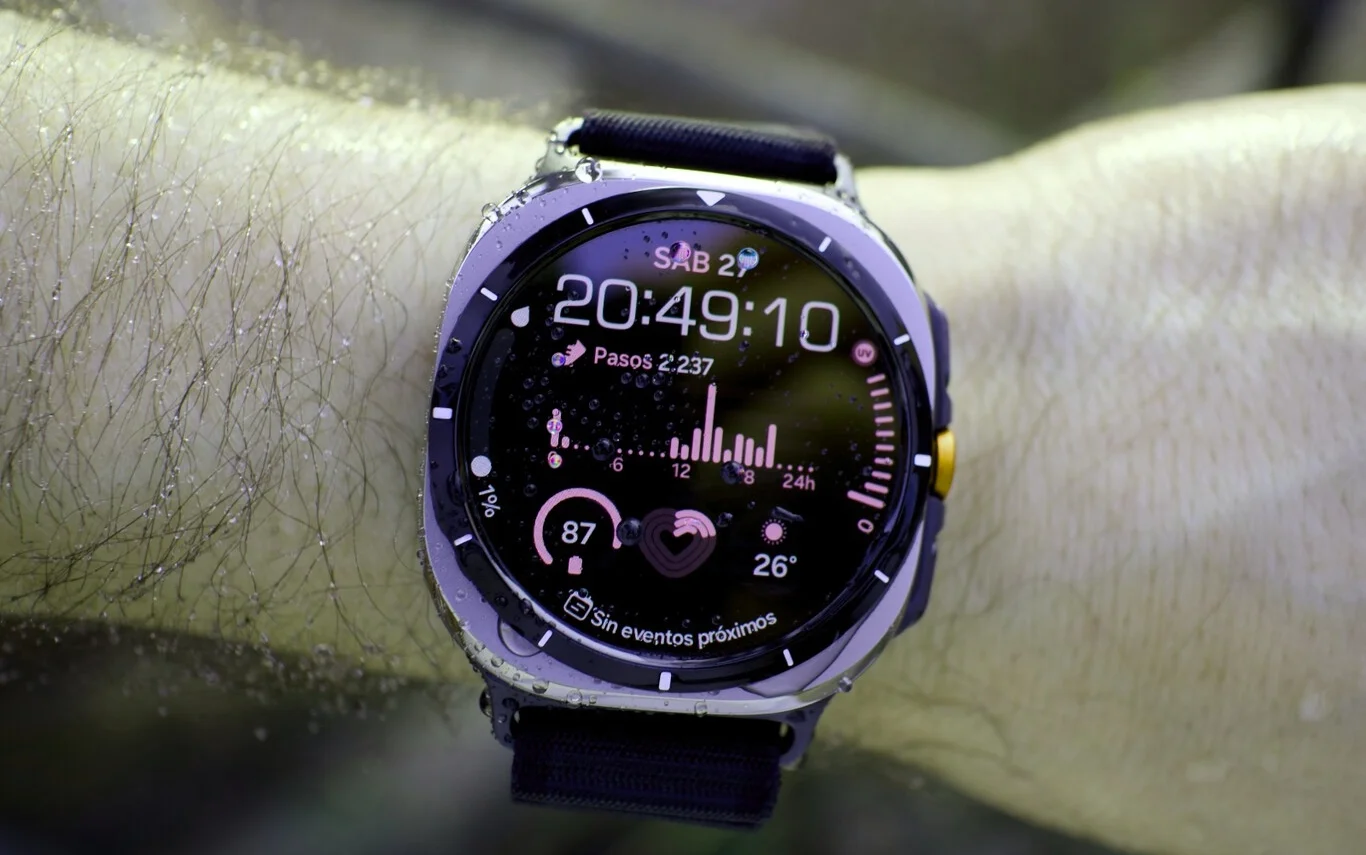
Samsung has not lagged behind in terms of the screen it has included in the Galaxy Watch Ultra. With a size of 1.5 inches and a resolution of 480 x 480 pixels, what is really important is the brightness.
The screen, which is round like on the Galaxy Watch 7, has a peak brightness of 3,000 nits. A very high level that is really necessary on certain occasions, especially outdoors in direct sunlight. And yes, in these scorching conditions of a summer on the Spanish plateau, with 37º in the street and a sun that wants to melt you, the Galaxy Watch Ultra’s screen is perfectly visible.
It cannot maintain this level of brightness for a long time because the heat generated is dangerous and the battery would run out quickly. But it works well for what it is, at specific moments when you turn your wrist in direct sunlight.
In addition, when there is not enough light and in certain spheres, the low visibility mode is activated in red, which is the color that best captures the human eye in situations of semi-darkness.
Even so, I’m not completely convinced by the round screen. As I mentioned in the design section, a round screen doesn’t make the most of the space available to display more information. It’s understandable when the design of the watch is round, but that’s not the case here.
A Wear OS 5 that goes unnoticed, but a One UI 6 that is updated with more customisation
This watch launches Wear OS 5 alongside the Galaxy Watch 7, but you won’t see any major new features because it’s essentially the same operating system with some performance improvements. One UI 6, the interface that Samsung puts on top, doesn’t have any major new features either.
Software-wise, Wear OS is quite simple and maintains everything we’ve seen over several generations. It is Samsung that has been able to show off with the exclusive watch faces for this Galaxy Watch Ultra.
You can customize them or add more from the watch screen itself or from the Samsung Wear application. Of course, be careful with the watch faces you may have on older watches because many Wear OS 4 faces are not compatible in this new version.
One new feature of this watch is that they have added the gesture of double-tapping with your index finger and thumb to click on the screen, which works quite well, especially when it comes to removing notifications.
The good news about the software is that this watch is fully compatible with all modern Android phones. Samsung has saved some exclusive features for pairing with a Samsung phone, such as blood pressure reading (which you have to calibrate with a machine) or electrocardiogram.
Minor details for many people, but important if you want to keep a close eye on your health.
Galaxy Watch Ultra has excellent GPS and health monitoring that nails it in almost everything
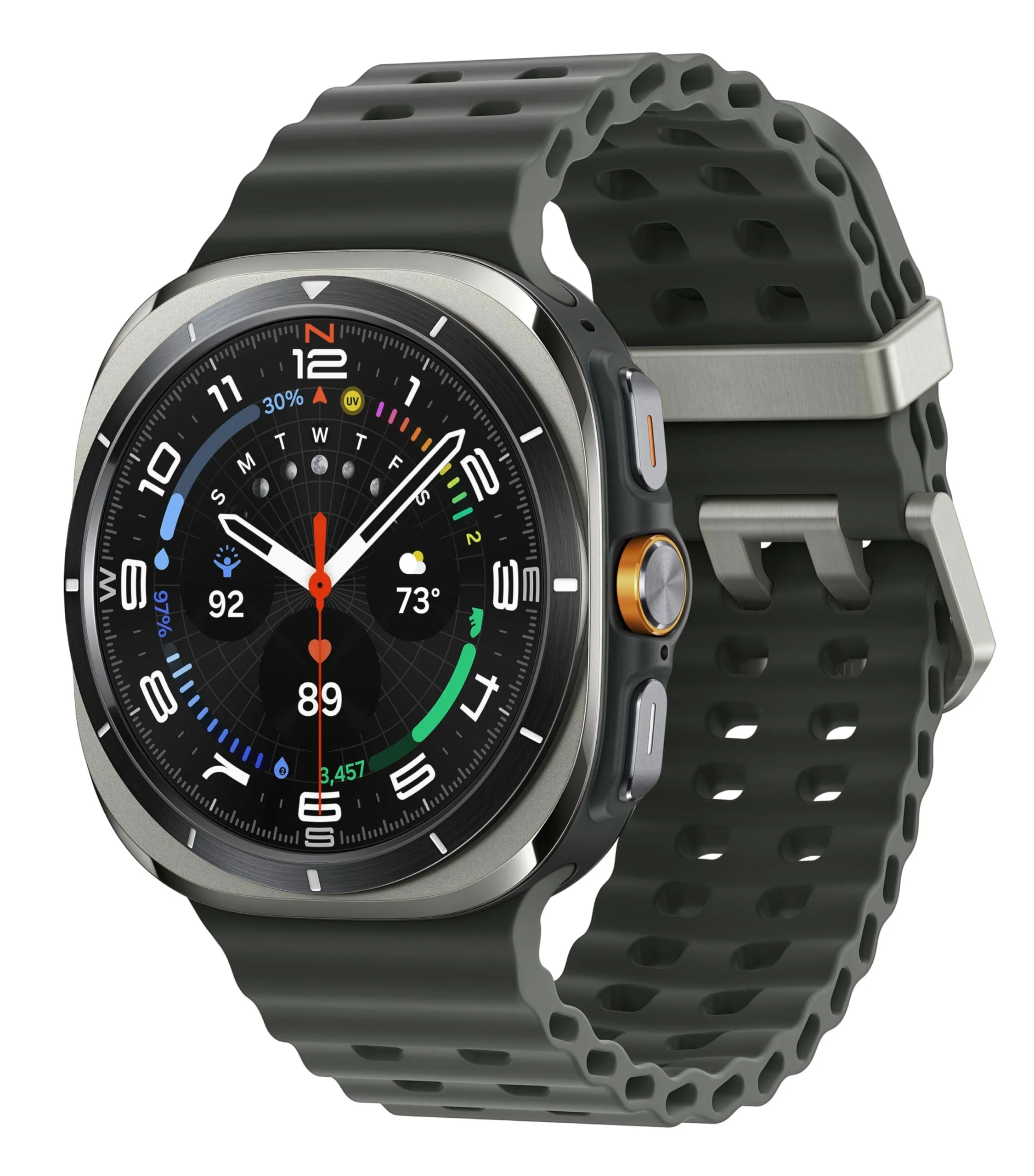
Credit where credit’s due, and Samsung is to be congratulated, because the sports and health monitoring is exceptional in this Galaxy Watch Ultra.
Let’s start with health. The heart rate and blood oxygen sensors are practically identical to those offered by an Apple Watch Series 9 (my measurement watch that I use as a basis for all my tests) and the Apple Watch Ultra. It even gives me the same information as a pulse oximeter.
Measuring rest is another of its strengths. Galaxy Watch Ultra pinpoints, almost to the minute, when I go to bed, the stages of sleep and when I wake up. The level of detail has impressed me because it is much better than that of the Apple Watch Ultra, according to my two-week tests.
It has a body measurement system that uses the watch’s sensors and touching the buttons without touching your hand, to create a circuit of electrical impulses (as in smart scales) and can give you information about your body such as muscle mass, fat mass, body water or metabolic rate.
I have my doubts about the accuracy of this body measurement, but I can’t prove it without medical equipment. Therefore, as with all the measurements a watch makes, don’t take them literally, just use them as a basis for keeping track of your body and, remember, don’t obsess over these metrics.
The GPS integrated into the Galaxy Watch Ultra is excellent in terms of triangulation and connection speed. My tests, a mixture of the city with buildings no more than 8 stories high, and in the countryside with open and clear skies, have shown great positioning detail and when superimposing the GPS data with a map it adjusts very faithfully to reality.
In the city, like all GPS devices, it tends to make the occasional deviation of ±5 meters. Something totally normal and which I don’t consider a negative point is the reality of trying to get a GPS signal between buildings and a lot of interference.
In the screenshots above you can see that 99% of the time the Galaxy Watch Ultra tends to have better positioning quality than an Apple Watch Ultra 2. Except at that roundabout in the first screenshot, where the Apple watch made the correct route.
In terms of sports, I have been testing the watch by going hiking, running/walking and swimming. I don’t see any differences in the level of detail of the heart rate monitoring when I compare it with the Galaxy Watch 6 Classic, but it is true that it gives me an average of 30 beats per minute more than its Apple competitor.
When swimming, something I only do in summer, in a 30-meter pool, it detects me perfectly when I change direction and I would say that the details of splits and heart rate zones correspond to the measurements made by other watches.
A battery life that is not “ultra”, but it is what I expected
We are approaching what is possibly the least positive point for the Galaxy Watch Ultra, its battery. During my first days of testing this watch gave me a very strange energy performance to the point that in one day, disconnecting it at 9 in the morning, it was not able to reach the end of the day. On normal days the battery barely lasts a day, so I asked Samsung to exchange the watch in case it was a software or hardware failure.
With the second watch already on my wrist, the battery life improved, but not enough to write home about.
The Galaxy Watch Ultra is incapable of lasting two days of use if you do any sport or have the screen always on. The power consumption of this screen mode is enormous and I strongly recommend disabling it.
This is the problem with the Galaxy Watch Ultra and, by extension, the Apple Watch Ultra: the battery either doesn’t last or barely makes it to the second day, so you’ll have to charge it every day just to make sure you always have enough power.
It doesn’t help at all that Wear OS is an operating system that is not very optimized for energy saving.
Another of its big problems is the charging speed. It’s very slow. With the battery at around 12%, it took almost 4 hours to reach 100%.
It’s true that it charges faster at the beginning, reaching 40% in just under an hour, but it takes a long time to optimise the charge to 100%.
Conclusion: is the Samsung Galaxy Watch Ultra worth it?
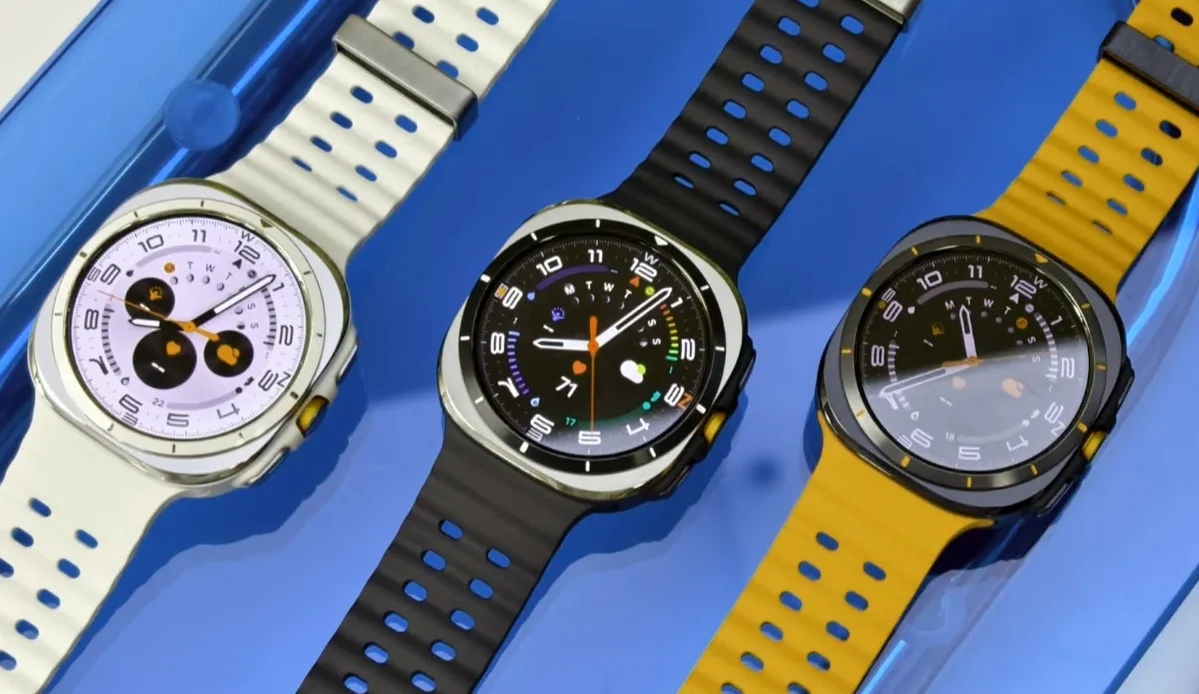
The Samsung Galaxy Watch Ultra is a watch for athletes who want to get more data from their favorite sport with high-quality information about their body and activity.
It covers all the needs of people who do sport every day or who practice a sport from time to time, regardless of which one it is because it tracks the most popular and many niche ones.
But its battery problems need to be resolved and it needs to offer at least two days of use, even if that means reaching the end of the second day with 25% autonomy or less. Therefore, this Ultra will have to be charged every day and you won’t be able to be separated from the charger.
With this in mind, the Galaxy Watch Ultra is a perfect watch if you do sport and have an Android phone or, better still, a Samsung. It’s a good alternative to sports watches, but it still doesn’t match the capabilities of specialised watches.
Its price is one of its great assets. It costs 599 euros and is below the 899 euros cost of an Apple Watch Ultra.
The problem arises when you compare it with sports watches. It is 100 euros cheaper than a Coros Vertix 2s but the same price as a Garmin Fenix 7 and if you are an athlete who does sports considered “pro” or “ultra”, surely a Garmin is more worthwhile.

